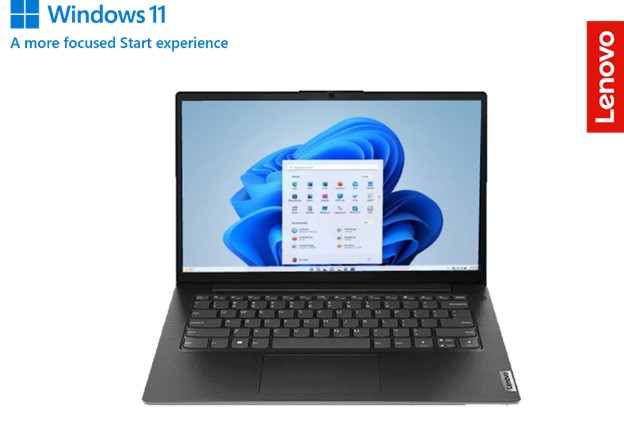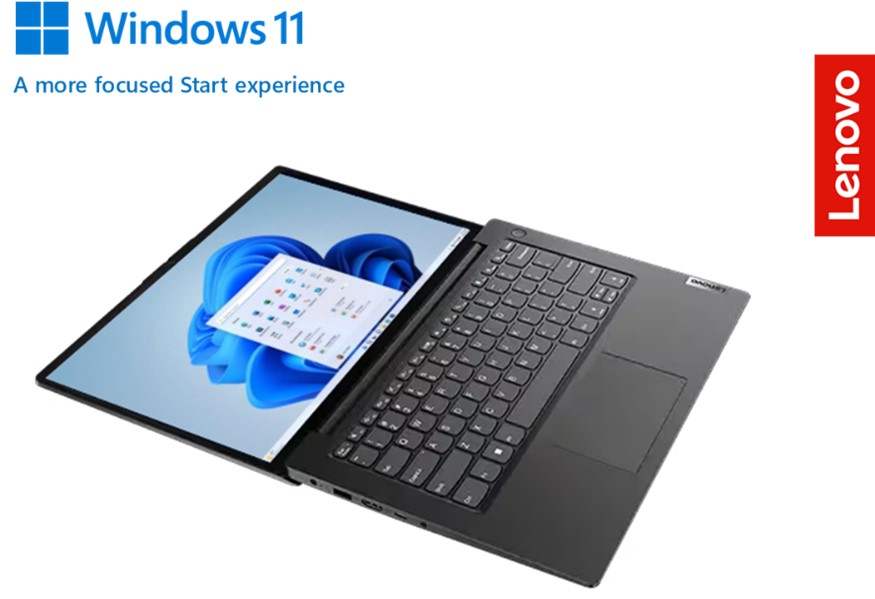
Learning: The #EdTech way
EdTech extends beyond the provision of digital devices to students. It’s an interconnected system of learning that encompasses the way technology is used as a teaching framework, a medium for learning, a springboard for creativity, a feedback loop between teachers and parents as well as the backbone of system management.
When delivered with the right intention and using the appropriate devices, these five dimensions of EdTech work together to drive the best possible learning experiences.
A teaching framework
According to Research and Markets, the size of the global EdTech and smart classroom market reached US$102.16 billion in 2021 and is projected to reach US$333.32 billion by 2027. I think it’s clear that teachers and schools across the globe are realizing the benefit of engaging students with real-time collaboration and autonomous applications.
When teaching is delivered through technology, teachers no longer need to force students to bring hard-copy textbooks to class. They often only need a PC, tablet, or some form of digital device where they have access to the material that’s being taught.

An example of a device is the Lenovo V14 Gen 4 operating on Windows 11 Home. Improve student focus with a simpler user experience, including centered Start, clean layout, and easy navigation.
EdTech teaching strategies I’ve seen to be effective include:
- Gamification – students integrate abstract concepts through simulated learning experiences.
- Multimedia projects – students use the information they’ve learnt to produce a creative project they can leverage to engage others.
- Online quizzes – students assess their own progress in retaining and understanding information through online quizzes.
- Reversed classroom activities – students study the educational material in their own time and attend class to apply their learnings across a range of practical activities.
On the other side of the teaching process is the need to assess student outcomes. In today’s digital age, this goes beyond automation systems that mark multiple choice questions. I’ve seen technology over the past five years that monitors the attention span of students.
The pain-point this highly controversial technology is marketed to solve is to help teachers gain visibility on how well students are paying attention. In a classroom where students are wearing headbands, teachers can monitor a student’s attention level through a report that captures brain-wave activity. Insights around student attention level ideally provide a baseline for how lessons can be optimized for improved engagement.
In the context of this example, I don’t think the implementation of EdTech is always positive. It raises widespread concerns about student privacy and can lead to a paradigm where students are considered as products or specimens in a science experiment.
Instead of imposing greater surveillance and control, I strongly believe EdTech should be delivered with the intention of empowering students to think outside the box.
A medium for learning
Technology is part of the bread-and-butter of today’s youth. It therefore seems obvious to me that EdTech, when implemented with the right intention, can drastically improve student engagement. In harnessing what’s in their “native fabric” as “digital natives,” students become equipped to hypothesize things in novel ways.

For instance, if a student is researching an alternative way of storing energy, they have the right devices and tools, such as the Lenovo V14 Gen 4 operating on Windows 11 Home at their disposal to build virtual models and run simulations by way of understanding the concept from all directions. Improve student focus with a simpler user experience, including centered Start, clean layout, and easy navigation.
In the words of Seth Godin, “The future belongs to those that can do two things: Lead and solve interesting problems. The challenge is that the organized educational system is about compliance, accreditation and most of all, certifying that students know how to obey.”
What young people can do with a wealth of information at their fingertips never fails to fascinate me.
A springboard for creativity
Technology enables curiosity to be explored. One key aspect of this is that students can experience what they otherwise couldn’t through technology.

Let’s say for example that a class of students in an Australian school is studying Roman history. A field trip to Rome may not be feasible. But artificial intelligent (AI) technologies make it possible for students to unite a virtual world with the real world through enhanced 3D visuals. A laptop like the Lenovo V14 operating on Windows 11 Home can enable this by serving as the platform for running AI applications. Improve student focus with a simpler user experience, including centered Start, clean layout, and easy navigation.
This technology allows students, for example, to see the Colosseum and obtain a multidimensional learning experience that goes beyond what can be actualized from reading textbook summaries. Students are positioned to learn through the power of lived experience.
A feedback loop between teachers and parents
A child’s education isn’t exclusive to what they do at school. Parents also have a critical role to play in educating the next generation.
It isn’t always easy or convenient for parents to attend in-person meetings or school-related activities. Having the right EdTech device can enable seamless communication between parents and teachers via a virtual classroom interface with instant messaging capabilities.
This gives parents more insight into what their child is learning, how educational material is being taught, as well as their child’s academic performance. Collectively, this builds a constructive feedback loop between teachers and parents, where the education model is continuously fed data for improvement.
The backbone of system management
Behind the scenes of setting up more effective teaching, immersive learning, creative opportunities and seamless communication between teachers and parents is the need to make EdTech secure.
To put this need into context, let’s think back to the first few months of mandated isolation. In the rush to seize solutions for remote consultations, users were actively downloading online meeting applications on their devices across the globe.
The rapid growth of online meeting platforms exposed some issues in terms of the way the platforms were engineered and being used. At the crux of these issues was easily guessed or widely broadcast meeting room information that lacked adequate preventive security controls. This enabled several instances of meeting hacks and security breaches.
Although the technical solutions to these problems aren’t necessarily what teachers, students and parents need to know themselves, the manageability of all this is vital in ensuring everyone has the best possible experiences with EdTech.
When implemented with the right intention, EdTech can allow students to ascend from participation to engagement. When this ascension takes place, students foster the bones of critical thinking they can then apply throughout the rest of their life.
By Varinderjit Singh, General Manager, Lenovo Malaysia

Varinderjit joined Lenovo in 2019 as the Country General Manager of Lenovo Malaysia. He leads the consumer and commercial segments including the full spectrum of end-to-end solutions from consumer tablets and PCs, to commercial products for larger-scale business implementations. One of Varinderjit’s key focus is driving the adoption of Lenovo’s managed services and “Device-as-a-Service” solutions.
Additionally, Varinderjit also manages the business objectives and relationships with channel partners of Retail and Commercial Enterprise as well as Small & Medium Enterprises to ensure Lenovo continues to perform strongly.
In his role, Varinderjit is leading the charge in Malaysia to bring “Smarter Technology For All” through Lenovo’s innovative products and solutions while keeping customers at the heart of everything.
Before joining Lenovo, Varin was the Managing Director for Hewlett Packard Enterprise, based in Malaysia. He has also previously overseen markets such as Asia, the United States, and Europe. He started his career as Systems Engineer at Mesiniaga Malaysia and has since worked at other global technology companies include 3Com, NEC Computers, Dell, Samsung, and Microsoft. Varin has over 28 years experience in the technology industry.
